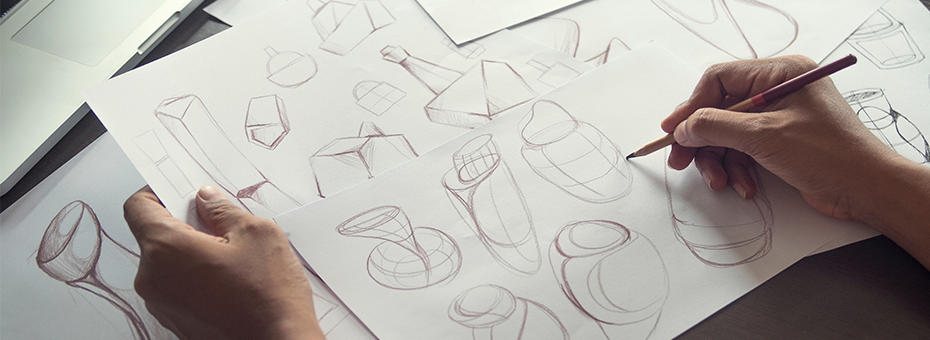As a lean product and process development (LPPD) coach John Drogosz, PhD, works closely with companies in a variety of industries that are improving development systems to consistently design and deliver a progression of market-leading products and services. He took a time out at the annual Designing the Future Summit to talk with Chet Marchwinski, the Lean Enterprise Institute’s communications director, about the product development trends he is seeing.
Q: You visit companies every week. What do you see? What are the trends in product development and design and especially lean product and process development?
John: There are a lot of different companies I go to in different industries. A few hardy, perennial questions that come up are, “How can I get my product into the hands of my customers in the right form and function that suits their needs?” Really understanding the customer has certainly been a challenge.
Also, I’m working across multiple countries, developing products in multiple sites. That seems to be a trend that’s happening a lot more frequently.
The other big thing is speed to market. The world is continually accelerating. I think all of us can see that in the products that are coming out and just the speed of technological change. It’s having an impact on all industries. Customers are expecting, “I want the value I want, and I want it now.”
Q: That speed to market sounds like it’s related to the concept of flow, whether it’s lean in operations or product and process development. How does flow apply in product development?
John: It definitely applies in development and I’d argue that it’s much more complex because we have a lot more flows to synchronize. In product development, there are a lot of things going on in parallel in different places, as I mentioned. Trying to synchronize all those pieces and understanding if the project’s really moving forward.
In the factory, we’re seeing the product moving through the facility. In product development, a lot of people are tracking deliverables or tracking tasks. Those are artifacts. It’s really decisions that drive flow in product development, making the right decisions with the right information at the right time.
Doing more prototypes doesn’t necessarily mean that I’m moving the needle forward in terms of getting that product to market faster. Effort doesn’t always correlate to the maturity of the product.
We’re finding that making decisions and understanding when those decisions need to be made highlights what we truly need to learn in the development cycle. That then prompts us to schedule the work to close those knowledge gaps so we can make the right decisions with the right knowledge.
Q: That’s interesting. Can you give any examples of a knowledge gap that might occur in product development and how it’s closed?
John: Especially in the early stages of development, there are things we know we don’t know and there are some things we don’t know we don’t know that we must figure out as we go along.
In our LPPD world, there are a lot of different techniques that we use. One is not to rush to a solution. We are finding that set-based design is an important catalyst in making sure that we’re taking the time to truly understand the product, understand the trade-offs, and generate the knowledge we need to make the right decisions.
Q: What impact are digitization, 3D printing, and big data having? And I read a story the other day about blockchain coming to manufacturing and how manufacturers can use it. What impact are you seeing with these trends on product development?
John: That’s a mouthful of different techniques. Certainly, the technology is affecting how people are doing development and how people are doing their work. In most cases, it’s helping people do their work more effectively, but in other places, I think it’s accelerating the value-added piece of the puzzle.
With some of the techniques we’ve seen improvements, and it’s helping people do the work, but I think we really need to be careful with these technologies. Again, it’s the right tool at the right time for the right circumstance. We are seeing that anything that helps groups accelerate their learning is a good thing. Certainly, the technology is there. We just need to make sure that the technology is supporting the process and the people.
Q: We know lean product and process development helps groups and people learn and close knowledge gaps. If people want to learn more about LPPD, where can they go? What can they do?
John: My colleague Katrina Appell and I are going to be hosting a two-day lean product and process development immersion course in Boston in September. You can check it out on the website. The participants have a whole immersion into learning some of these lean product and process techniques with some hands-on activities. Hopefully, you’ll join us.
Next Steps:
- Learn Lean Product and Process Development, increase your professional skills, and enhance your value by registering for the in-depth workshop with LPPD instructors John Drogosz and Katrina Appell — Designing the Future: A Lean Product Development Immersive Learning Experience, a six-day online learning experiences starting July 20, 2021. Learn more and register here.






